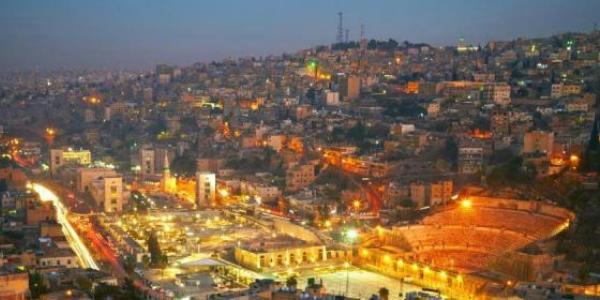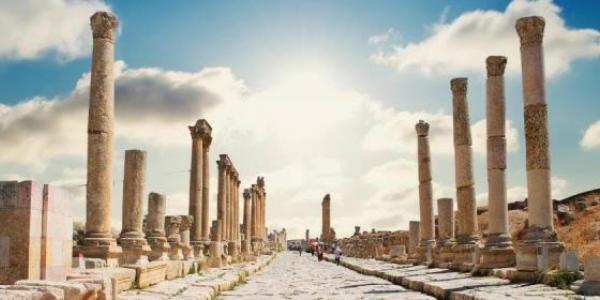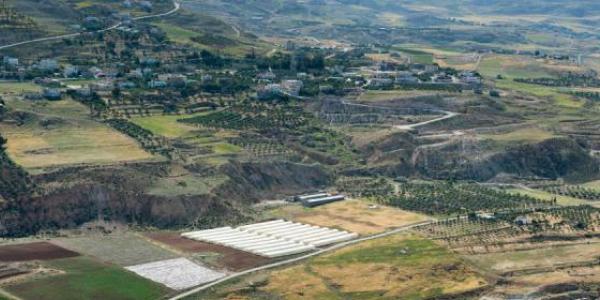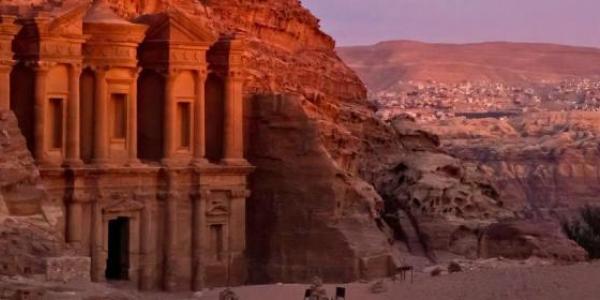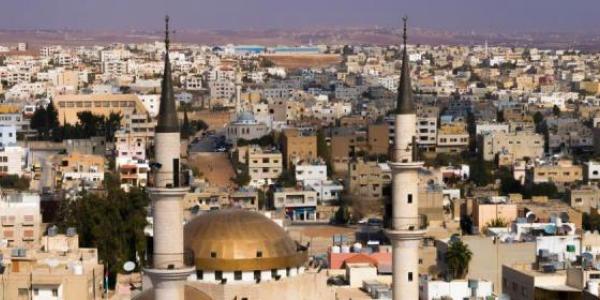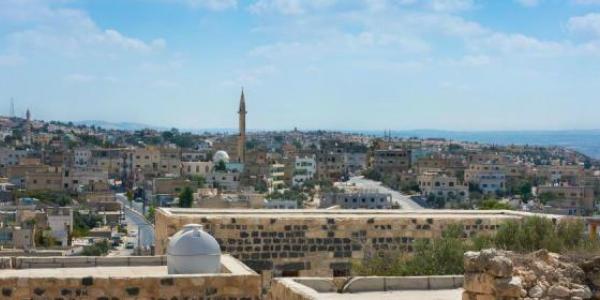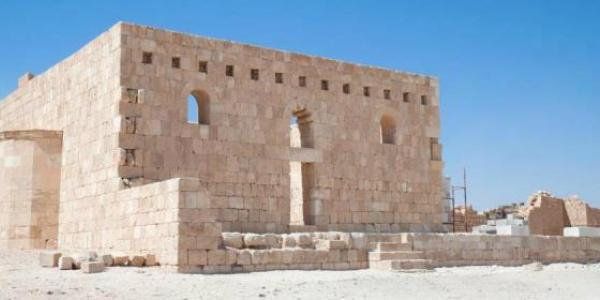Around 50 kilometres west Ma’an, Rajif (north of Petra) offers breath-taking scenic views of whitish Ordovician sandstones. The Islamic shrine of Prophet Haroun (Aron), with a mosque, also has the remains of a Byzantine church. Another shrine is that of Ibn Suleiman al-Darani. Udruh, Jarba, Aqaba castle and al-Humaymah are Umayyad sites. The latter reveals multicultural occupations, with an extensive water collection system, but it is most famous as being the site from which sprang the Abbassid movement that toppled the Umayyads. An important settlement to the east is Bayir.
Petra
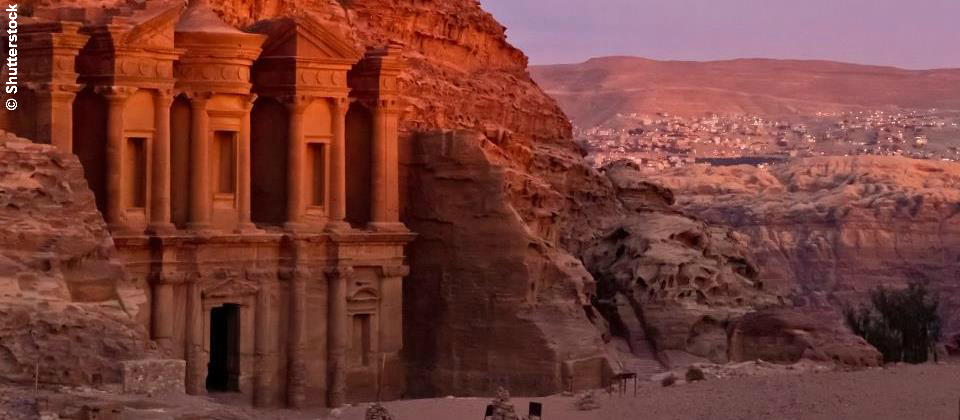
No visit to Jordan is complete without seeing this one of the “New Seven World Wonders” ancient city. Its main entrance is a deep gorge of about 1.2 kilometres and offers a delightful walk amongst fantastic rock formations, niches, and water conduits. Epi-Palaeolithic and Neolithic occupations have been established in the region, but the Edomites were the first known ancient inhabitants of Petra. After their decline probably after wars with the Jews, their cousins the Nabataeans settled in and brought the city to a luxurious bloom with the control of trade in frankincense, and myrrh with southern Arabia. Duirng the first century AD Petra became capital to a kingdom which stretched from Damascus in the North to Madain Saleh in Northern Arabia. Accoridng to the new testament (Apostles Acts), When St. Paul came to Damascus after converting to Christianity, he had to flee from the soldiers of the of the Nabataean King (tyrant) Aretas IV, and he was lowered by a basket from the city walls. They carved their monuments from sandstone formations of fabulous colours. Thus Petra is a miracle of geologic and manmade formations. Later occupations included the Romans, the Byzantines, Muslims and even crusaders. The Nabataeans were as good engineers and artisans as and they were architects. Their water management systems and their finely painted ceramics are very famous.
Udruh
Udruh lies 20 kilometres north-west of Ma’an and 15 km east of Petra. Udruh is a Roman fortress with an Ottoman castle addition, built at the northern wall of the fortress, whose purpose was to protect the Hajj trail (Darb al-Hajj). The Roman fortress at Udruh continued to be used throughout the Byzantine and Islamic periods. Some Umayyad remains exist in this site as well. Notably an extensive water management system and agricultural qanats (water irribation channels) still exist today.
Near Udruh is located Jarba, where the Arbitration Mount lies. Here the conflict between the Umayyad Moawiyah, the contender to the Caliphate, and the Caliph Ali ibn Abi Taleb was settled. The Umayyad Amr ibn al-As and Ali’s son met to resolve the ascendancy to the caliphate throne. In a strange dramatic turn of events al-Hussein, Ali’s son, conceded to Moawiyah.
Qasr Bayir
Qasr Bayir ruins are located 109 km NE of Maan, The place was built in the Umayyad era by Al Walid II (743-4)AD before he become khalefa, among many other palaces built in the Jordanian Badia/desert. Before its destruction in 1931, its masonry was used by Beake Pasha to build an outpost of the Arab legion.
The palace was a tower fort type structure, with a rectangular plan shape length nearly 70 m. Consist of a wall with round towers and few chambers with 4-5 courses of masonry of sand-stone blocks at the foundations lower level. The northern corner foundation tower still exist as also small court with 3 rooms ‘bayts’ similar to Qasr Mushatta. The site also contain remains of several walls foundations with large blocks of sand stone, graves of the Huwaitat tribe, also a well still used among 30 other places for wells not used
A cemetery was located to the north east of the building, where a well (called the Snake Well) also existed, the cemetery included a big tomb, which was of Sheikh Asad, one of the Sukhur tribe ancestors, when the me of this tribe camped around Qasr Bayer, they sacrificed a camel, green boughs were also put to cover the tomb, these were usually to be carried off by Ghazzu (invasion by other tribes). Bedouin tribes usually have their cemeteries close to their camping grounds. These clans still include mobilizing Bedouins who continuously move from north to south of the sub-district and vice-versa, they occasionally camp in Bayir (70 km to the northeast of al-Jafr).



